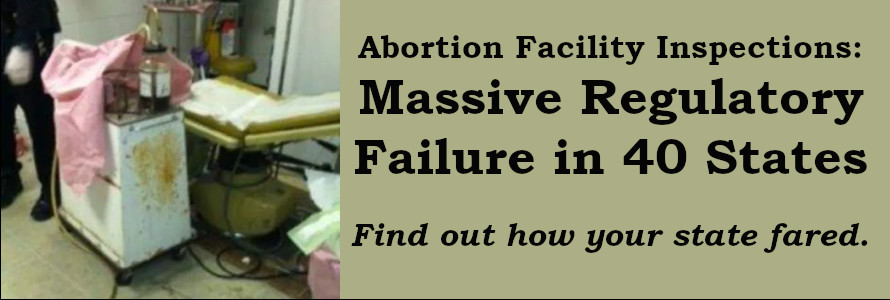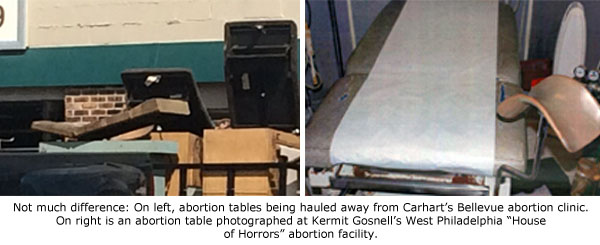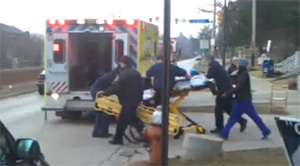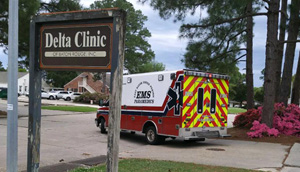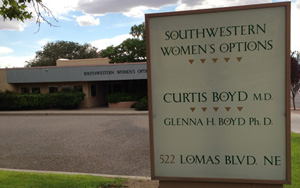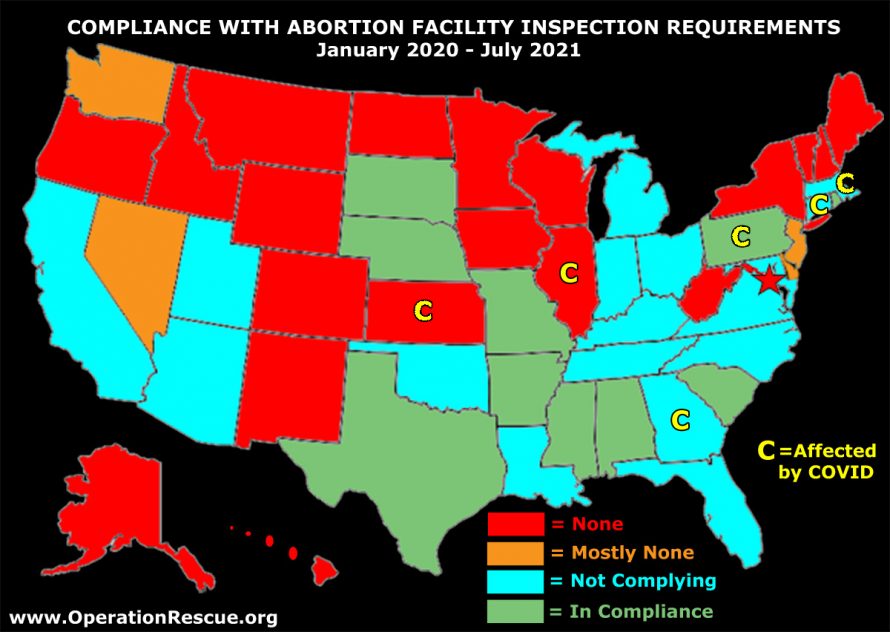
A Operation Rescue Special Investigative Report
By Cheryl Sullenger
In February of 2010, what started out as a routine police raid on a suspected “pill mill” turned into a murder case that shocked the world. Police had suspected that a doctor named Kermit Gosnell was dumping illegal prescriptions for Oxycontin on the streets of Philadelphia. But what they discovered instead was an illegal late-term abortion business where viable babies were gruesomely murdered after having been born alive during appallingly shoddy abortions amid the most squalid conditions imaginable.
The following year, a Grand Jury released a bombshell 282-page report that laid part of the blame for the deterioration of conditions and practices at Gosnell’s facility upon a political climate that took a “hands off” approach to abortion facility oversight. For years, no abortion facilities were inspected, and complaints were ignored. In fact, Gosnell’s abortion business had not been inspected by the Department of Health for 17 years, despite numerous complaints and two patient deaths during that time.
Because of the horrific nature of the Gosnell case, several state legislatures, including Pennsylvania’s, acted to ensure that abortion facilities were held accountable to compliance with health, safety, and medical practice standards to prevent a Gosnell-like “House of Horrors” from operating in their states.
The public has the right to know
One of the many lessons learned from the Gosnell Grand Jury report and subsequent criminal trial was that abortion facility inspections are critically important in preventing public harm. Inspections have been instrumental in closing abortion facilities and saving lives.
Not only does the public have the right to know whether abortion facilities are complying with state regulations, but there is also a public right to know whether states are following their own codes related to inspecting abortion facilities.
As the years have passed since the 2013 Gosnell trial it appears that the urgency to ensure that abortion facilities are regularly inspected has passed.
Operation Rescue investigated to determine whether states were following their own codes regarding abortion facility inspections, and how many abortion facilities were falling outside of regulatory oversight.
Inspection reports
Every year, Operation Rescue requests abortion facility inspection reports from every state that does them. From January 2020 through July 2021, we requested copies of all reports related to abortion facility inspections nationwide. This project involved a total of 709 abortion facilities that were active during that time frame, including pill facilities that do not conduct surgical abortions.
We received inspection reports in just 17 states related to 117 facilities, representing 16.5 percent of all active abortion sites.
Abortion facilities in three states may have been inspected, but we were denied access to those reports. Oklahoma denied our request because a new state law prohibits releasing information about abortion facilities to the public. Arkansas denied our request because it only releases public records to state residents. Ohio simply ignored our repeated requests without comment. This three states account for 16 total abortion facilities, or 2 percent of all abortion locations.
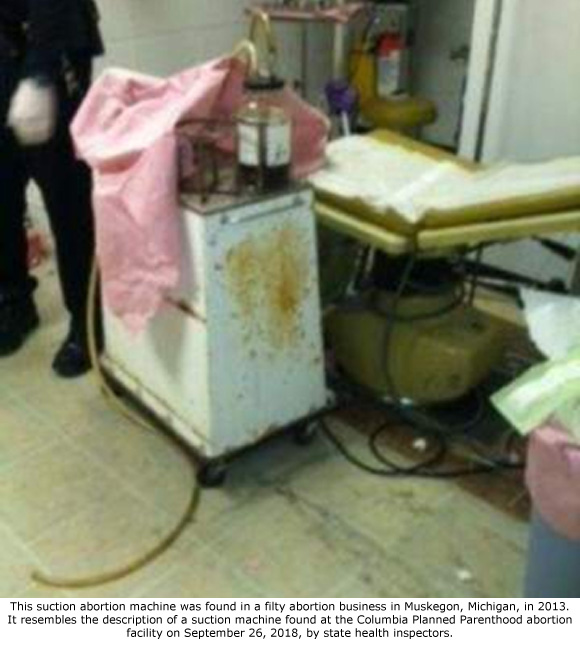
Some of the reports that were obtained were related to complaints. That allowed for limited inspections at facilities that otherwise would not be subject to inspection. For example, eight abortion facilities in California received inspections due to complaints that otherwise would not have been inspected.
“Allowing abortion facilities to be inspected only when complaints are filed is almost useless. The California example is a case in point. While complaints allowed for eight abortion facilities to be at least partially inspected, it left another 141 abortion sites to evade inspections, which can lead to the deterioration of the facility and practices, as it did Gosnell’s case and many others,” said Troy Newman, President of Operation Rescue. “We know there are still abortion clinics out there that are dangerously cutting corners and placing women at risk. Regulators are either missing them or ignoring them.”
The following is a breakdown of further results of our investigation.
- 19 states and the District of Columbia exempt abortion facilities from regular inspections. This means that, except for the possibility rare inspection based on a complaint, these facilities are never inspected. This affects 212 abortion facilities – 30 percent of all such facilities nationwide.
- 4 states do not conduct inspections, with some exceptions. Three states have only one abortion facility that qualifies for inspection. One state inspects only if an undefined “adverse event” is reported. This leaves 77 abortion facilities in those four states that are not subject to inspection.
- 27 states allow for regular inspections on their 417 abortion facilities.
- Of those states, 17 do not appear to follow statutory inspection requirements. This has the possibility of affecting 363 abortion facilities, or 51 percent of abortion clinics overall.
- Only 10 states with a total of 54 abortion locations appeared to follow statutory inspection requirements.
Given these results, there appear to be less than 8 percent of all abortion locations nationwide that are consistently inspected in compliance with state requirements.
In any given year, a shocking 92 percent of all U.S. abortion facilities have the potential of not receiving inspections.
Abortion Facility Inspection Frequency by State – Jan 2020 – July 2021 by Cheryl Sullenger on Scribd
COVID-19 Impact
Since 2020 and the advent of COVID-19 restrictions, six states suspended abortion facility inspections specifically due to COVID-19 restrictions. That included inspections related to complaints, and had the potential to affect 86 abortion facilities, or 12 percent of all abortion facilities nationwide.
In an additional four states that require inspections, we were unable to determine whether COVID-19 impacted abortion facility inspections due a lack response or stated policy that we could find. [See Chart.]
Inspections matter
While the COVID-19 restrictions did have an impact on abortion facility inspections, the greatest issue involved states that either do not inspect or fail to adhere to their own rules about inspection frequencies.
It is unconscionable that 289 out of 292 abortion facilities in 23 states and the District of Columbia go without inspections year in and year out. That represents nearly 41 percent of all abortion facilities – including offices provide only abortion-inducing drugs – that are ignored by law and left to self-police.
“These states are allowing the fox to guard the hen house. It is dangerous and a dereliction of their duty to protect the public,” said Newman.

But it is perhaps more disappointing that abortion facilities in 17 states, which account for a full 51 percent of all abortion facilities nationwide, are not being inspected with the frequency their own laws require. Treating adherence to these important state laws as optional places pregnant women and their babies at risk.
Some common violations documented in inspection reports in the past include a failure to properly sterilize equipment, wash hands, or keep the facility clean. Other common deficiencies include the failure to properly label drugs or discard them after expiration, failure to keep the crash cart adequately stocked and functioning, failure to monitor women in recovery, and failure to ensure women are stable before being discharged. A few abortion facilities even have been cited for failure to report suspected child sex abuse.
[Read a background article: “Exception or Rule? Gosnell’s “House of Horrors” Not So Rare”]
“We are facing a dire health crisis created by a massive regulatory failure across 40 states of the kind condemned by Kermit Gosnell’s grand jury. When abortion facilities are not inspected, no one knows what kind of corners are being cut or what laws are being broken,” said Newman. “Regulatory failure on this scale is a national disgrace. For all the talk about women’s rights, there appears to be little concern for their health and safety – and no regulatory concern whatsoever about the lives of the babies in the womb.”
Operation Rescue supports mandatory unannounced abortion facility inspections on at least an annual basis. However, we understand that while inspections and other regulations may succeed in closing some facilities, they do not address the root of the problem, which lies in the act of abortion itself. Until America restores legal protection to babies in the womb and closes every abortion facility, the problem of abortion abuses at substandard facilities will only continue to cost lives.

